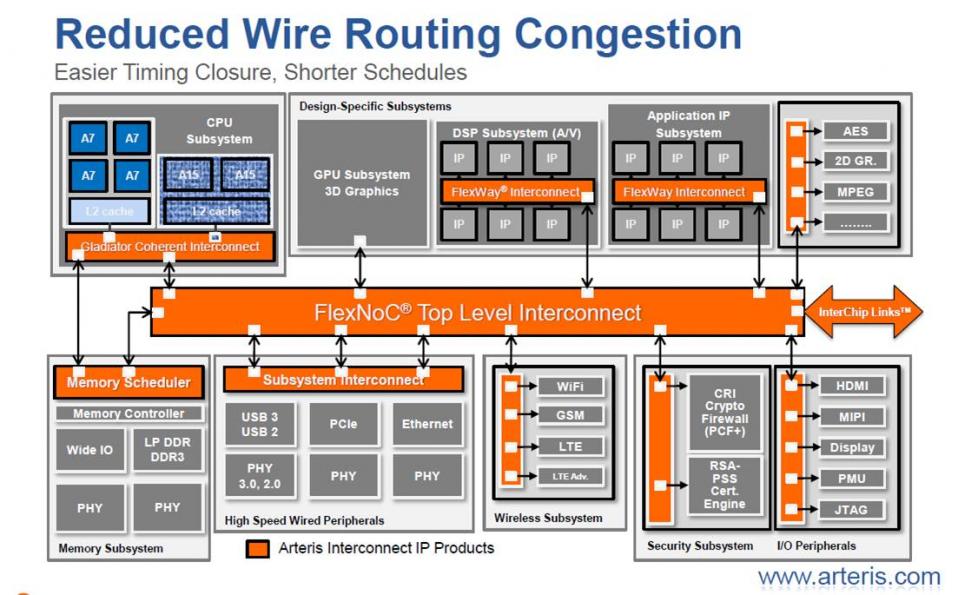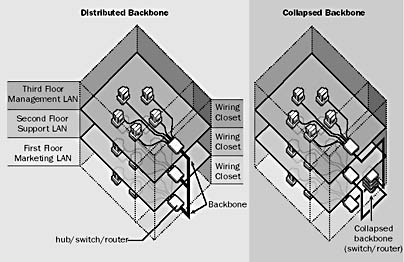

In 2017, DMG Mori acquired a majority stake in early metal powder bed fusion (PBF) company Realizer and released its first PBF 3D printer, the LASERTEC 30 SLM, to the market. The new LASERTEC 125 3D hybrid from DMG Mori. Its most recent hybrid system is the LASERTEC 125 3D Hybrid, unveiled at Formnext in 2019. In 2016, the LASERTEC 4300 3D was added to its portfolio, which included DED, 5-axis milling and turning functionality. Since then, the company continued to release hybrid machines. The system features a 2.5-kW diode laser for DED at rates of up to 1 kg/h. It wasn’t until 2015 that DMG Mori entered the AM market with its first hybrid manufacturing system, the LASERTEC 65 3D, which incorporated a directed energy deposition (DED) head into a five-axis milling machine. By 2016, the Japanese and German divisions were officially integrated into a single conglomerate. By the time of the 1995 acquisition of Deckel Maho AG, it was an established European powerhouse in manufacturing machine tools.Īs Mori Seiki’s partnership Gildemeister, deepened and the Japanese company increased its ownership shares in the German manufacturer, it changed its name to Deckel Maho Gildemeister (DMG) Mori in 2013. From the 60s through the 90s, the company made important acquisitions. After World War Two, the company began to boom as the German economy recovered, with Gildemeister ultimately releasing numerically controlled machine tools in the 70s.


While new automation features and orders from a quickly industrializing Soviet Union allowed the German company to succeed during the depression of the 1920s, the two World Wars saw Gildemeister nearly shut down by Allied forces twice. The largest manufacturer of cutting machine tools in Germany, DMG Mori AG was founded as GILDEMEISTER by Friedrich Gildemeister in 1870 and, by 1910, was a mass manufacturer of turret lathes, multi-spindle automatic lathes, milling machines, and vertical and horizontal milling machines. These various machine tools continued to improve up to the present day.Īn important component of DMG Mori’s current operations is its German division, DMG Mori AG, which first became a partner of the Japanese company in 2009. Early machines included manually controlled lathes before the introduction of numerically controlled lathes, then vertical and horizontal machining centers. in 1948, which ultimately led to the production of machine tools by 1958, from which it has not since diverted. Image courtesy of HASUDAI MACHINERY CO.,LTD.ĭMG Mori began as textile manufacturing equipment maker Mori Seiki Co.


 0 kommentar(er)
0 kommentar(er)
